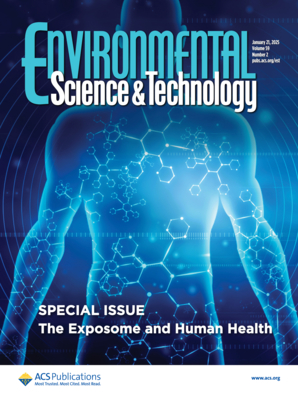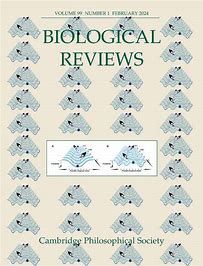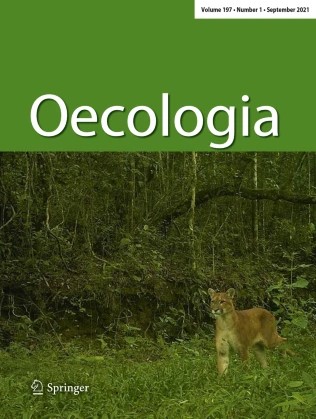- Topic:Use and management

Hydrophilic Organic Compound Migration in Biochar-Amended Stormwater Filters with Dynamic Conditions and Varied Background Dissolved Organic Carbon Contents

Zooming in the plastisphere: the ecological interface for phytoplankton–plastic interactions in aquatic ecosystems
Attributing Urban Evapotranspiration From Eddy‐Covariance to Surface Cover: Bottom‐Up Versus Top‐Down
Evapotranspiration (ET) is an important process in the water cycle that can help reduce heat stress in cities. However, it is dependent on surface cover. The study provides insights that can inform urban planning and water management decisions, including improving the living environment of city dwellers.

Variable habitat use supports fine‑scale population differentiation of a freshwater piscivore (northern pike, Esox lucius) along salinity gradients in brackish lagoons
Ecological Connectivity of River‐Lake Ecosystem: Evidence From Fish Population Dynamics in a Connecting Channel
Causes of macrophyte mass development and management recommendations
In field experiments the authors investigated why mass developments of macrophytes occur and what the consequences of removing them are. The evaluation of different management approaches showed that the "do nothing" option can also be considered when dealing with aquatic plants.
Impact of the Russia–Ukraine armed conflict on water resources and water infrastructure
The ongoing war in Ukraine is having multiple impacts on the country’s water sector. In addition to the horror of the direct consequences of war, the destruction of water infrastructure also carries long-term consequences and risks for the population, the environment and global food security.
Transience of public attention in conservation science
This article addresses the concept of attention transience applied to conservation, discusses its major drivers and mechanisms, and provides an overview of conservation issues for which this phenomenon is particularly relevant. Attention transience only leaves a brief window of opportunity to focus public awareness and mobilize support for nature conservation.
Short-term effects of macrophyte removal on aquatic biodiversity in rivers and lakes
Study of the effects of macrophyte removal on phytoplankton, zooplankton and macroinvertebrates at five sites with highly variable characteristics repeating the same Before-After-Control-Impact design to disentangle general from site-specific effects. Macrophyte removal had negative effects on biodiversity, esp. on zooplankton and macroinvertebrates. It had positive effects on phytoplankton.
Isotope hydrology and water sources in a heavily urbanized stream
The authors studied Isotopes in Berlin’s Panke catchment to understand stream flow sources. Groundwater dominated the upper catchment, but ~90% of flow in the lower catchment was treated waste water. High flows were generated from urban drains. The stream has unnatural hydrological and chemical regimes with restoration needed for improved ecology.







